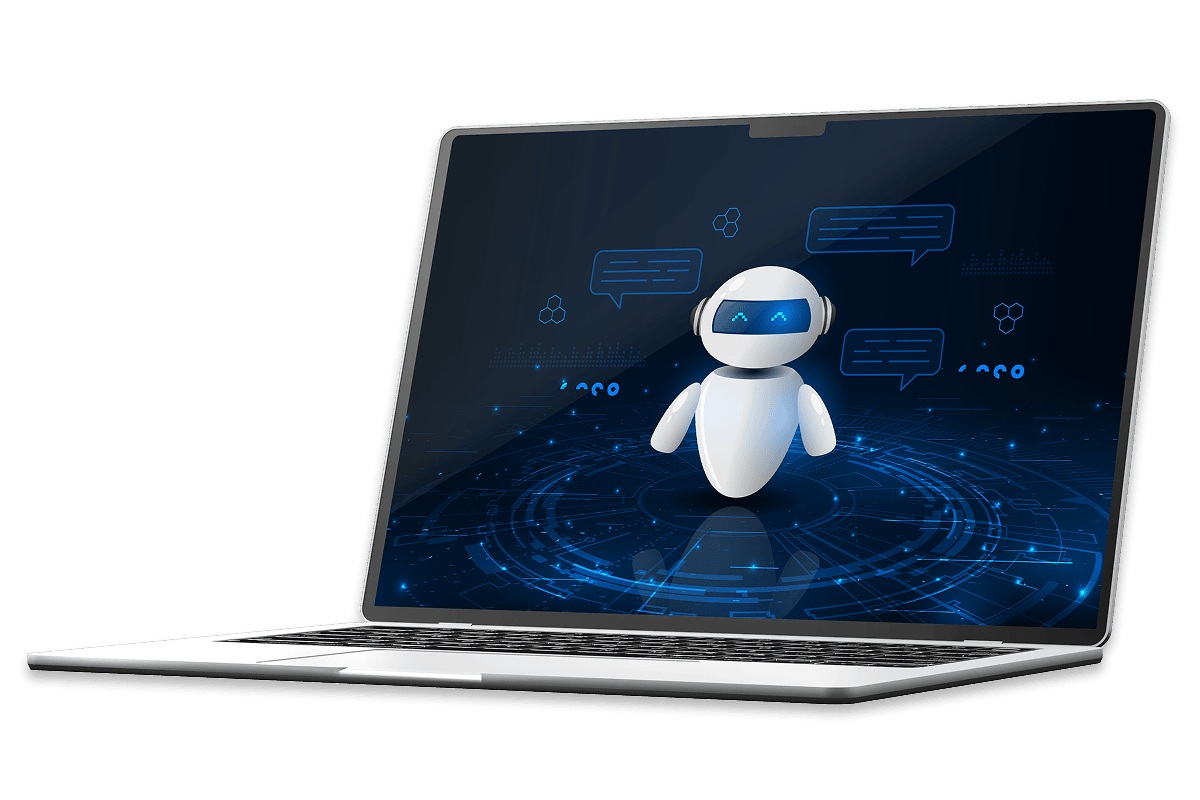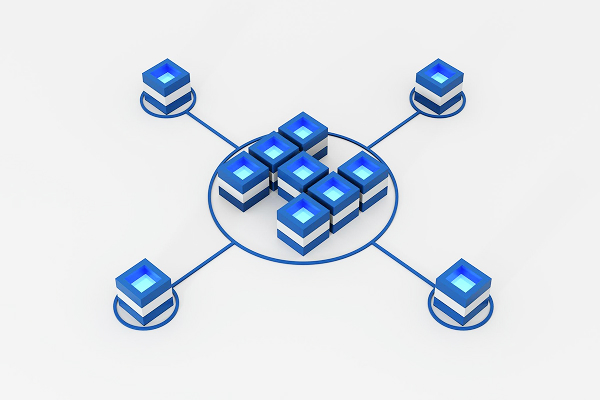Have a project?
Let’s build it.
Leave your contacts and get a free consultation from Axon’s Manager.
We helped a company that handles operations through a SaaS platform simplify knowledge retrieval by combining the intelligence of LLMs, the algorithms of RAG, and the usability of a chatbot.

[01]
Our client is a mid-sized company with a diverse organizational structure (including disparate departments like IT, HR, finance, etc.) that operates on a SaaS product.
[02]
The client has an extensive and continuously growing internal knowledge base, consisting of different corporate policies, guidelines, employee data, and other documentation. It has become a challenge for the client’s employees to find and retrieve the needed information from data storage: the necessary information is dispersed across various files, manual search time slows down the workflows, and it often ends up with incomplete data.
Thus, the client needs a quick and accurate way to retrieve internal company information. It should be a search service that can:
Also, since the client’s knowledge base contains sensitive data and has different role-based access levels, the service must be able to differentiate user roles and only provide accessible information.
A good solution for such tasks today can be a chatbot service powered by LLM. However, there are some nuances in using general-knowledge LLMs, too. In our case, the LLM must retrieve information from a domain-specific and isolated database. This means it will have to process data it wasn’t previously trained on.
To do this effectively, the LLM will require additional fine-tuning, more computational resources, and a large amount of training data. Also, the need to process sensitive and restricted information poses additional limitations. Such an approach would be too costly and time-consuming. RAG offers a great alternative to resolve this challenge.
[01]
Therefore, our solution was to leverage RAG (retrieval-augmented generation) – a technique that enhances data processing by LLMs with information retrieval, enabling LLMs to provide more relevant, accurate, and up-to-date responses. RAG works by using a search algorithm to query external sources (like knowledge bases, databases, or web pages) before the LLM gets to generate a response. This approach helps us to:
[02]
To implement the chatbot leveraging RAG, we needed to set up vector similarity search – a technique that helps find similar content based on its numerical vector representations (aka “embeddings”). These embeddings represent content (words, paragraphs, documents, images, or videos) by numbers that reflect the semantic relationships between its elements. This way, the system can perform a deep search of the knowledge base by sense, making it possible to find data with similar meaning but different wording.
Thus, the chatbot implementation took several stages:
Using the RAG technique, we created a smart service that can leverage LLM capabilities and, at the same time, retrieve data from the client’s isolated database with several considerable benefits:

Llamaindex

Leave your contacts and get a free consultation from Axon’s Manager.